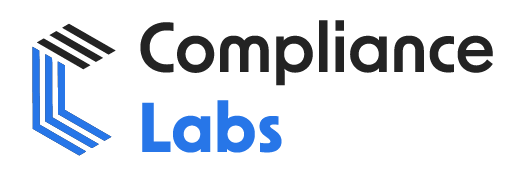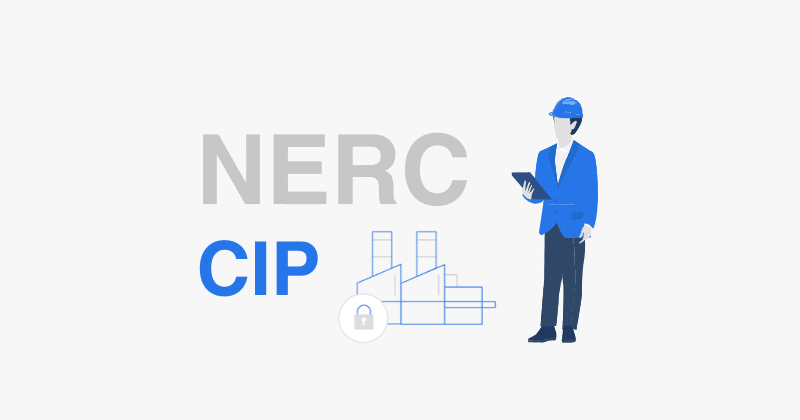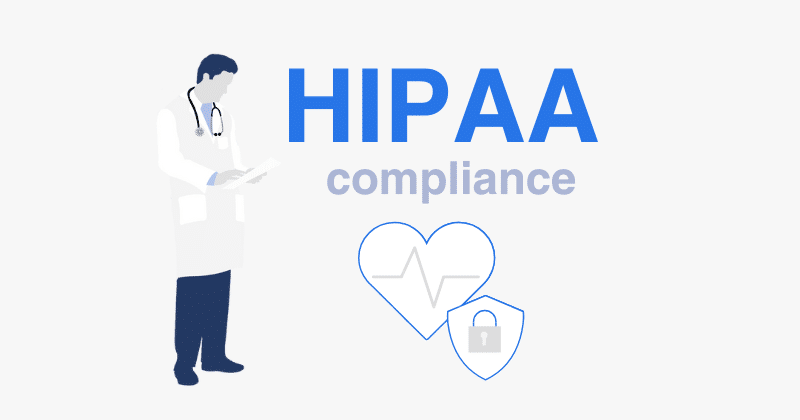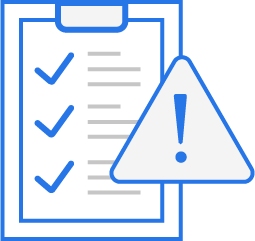Imagine securing your home by simply locking the front door, leaving all the windows wide open – that’s what relying solely on vulnerability scans in today’s complex cybersecurity landscape is like. While vulnerability scans are essential for identifying known weaknesses, they fall short when it comes to the sophisticated, targeted attacks that modern organizations face. To truly bolster your cybersecurity defenses and ensure compliance, you need to move beyond simply reacting to vulnerabilities, and embrace a proactive, threat-informed approach. That’s where the MITRE ATT&CK framework becomes your interesting.
This article will explore how leveraging the MITRE ATT&CK framework, together with Compliance Labs’ expert guidance, can provide a comprehensive approach to cybersecurity. It’s about shifting your perspective: going beyond asking, “What vulnerabilities do we have?” to asking “How could an attacker exploit these vulnerabilities and what specific steps would they take?”
The Limitations of Traditional Vulnerability Management
Let’s face it, traditional vulnerability management, while necessary, is often limited. It primarily focuses on:
- Known Vulnerabilities: These scans primarily identify well-known weaknesses in your systems, kind of like checking for dents in your car. However, they often miss zero-day exploits (brand-new vulnerabilities) or advanced persistent threats (APTs) that use cutting-edge attack methods.
- A Reactive Approach: Scans are usually scheduled, so you’re constantly trying to catch up. It’s like patching a leaky roof after the rainstorm starts, instead of preparing for the storm beforehand.
- Lack of Context: These scans don’t tell you how a vulnerability might be exploited. It’s like having a list of car part problems, but no idea how they impact the car’s overall performance. This makes it really hard to prioritize what needs your attention most.
Understanding the MITRE ATT&CK Framework: Your Adversary’s Playbook
The MITRE ATT&CK framework is a globally accessible knowledge base of how cyber attackers operate. Think of it as a detailed roadmap outlining all the tactics and techniques that attackers use, from their initial access to the final impact, like data theft or disruption. Instead of just focusing on weaknesses, ATT&CK helps you see your systems through the eyes of an adversary.
The framework is structured into three core components:
- Tactics: These are the “whys” of an attack – the attacker’s strategic goals. For example, “Initial Access,” “Lateral Movement,” or “Command and Control.”
- Techniques: These are the “hows” – the specific methods and actions attackers use to achieve their goals. Examples include “Spearphishing Attachment,” “Pass the Hash,” or “PowerShell.”
- Sub-Techniques: These add even more granularity to the framework. For example, the technique, “Credentials from Password Stores” is further defined by sub-techniques “OS Credential Dumping” or “Credentials from Web Browsers”.
- Procedures: These are how the adversary implements specific techniques.
By grasping these components, you shift your security mindset from a reactive stance to a proactive one. You’re not just looking at what vulnerabilities you have, but how an attacker is most likely to try and target your organization.
Why Traditional Scans Aren’t Enough: A Modern Cyber Reality
So, why should you go beyond traditional scans? Simply put, these traditional scans aren’t enough to combat today’s modern threats. The world of cyber threats is constantly changing and attackers are always coming up with new ways to compromise systems. Here’s why you need a more holistic approach:
- Sophistication of Attacks: Modern attacks are complex, multi-stage operations. A vulnerability scan only addresses the initial weak point of entry, it doesn’t show you how the attacker will move laterally, gain more privileges, or steal your data. We need to think about the entire attack lifecycle.
- Zero-Day Exploits: These are the Achilles’ heel of vulnerability scans. These scans can’t detect zero-day exploits—previously unknown vulnerabilities, as they aren’t in the system’s library. These exploits are like a secret back door that attackers love to use.
- The Human Factor: Scans completely ignore attacks involving human error, such as phishing or social engineering, which make up a huge chunk of attacks in all industries. These are like tricking someone into leaving their door unlocked, something no software can detect.
- Compliance Gaps: While scans are required for compliance standards like PCI DSS, HIPAA, or NIST frameworks, they don’t guarantee real-world security and adherence. You can check all the boxes, but still be vulnerable to attack if you’re only going off vulnerability scan data.
Mitigating Threats with ATT&CK: A Practical Plan
The ATT&CK framework provides a roadmap for enhancing your cybersecurity. Here are practical steps to put it into action:
- Threat Intelligence Integration: Combine threat intelligence with ATT&CK to understand the specific tactics, techniques, and procedures (TTPs) that threat actors use. It’s about understanding who might be targeting you, what their goals are, and how they operate. The “Threat Intelligence Program” mitigation can help you figure out what actions to take.
- Risk Assessment Based on TTPs: Perform a risk assessment focusing on specific TTPs. Prioritize your security efforts based on what poses the greatest threat to your systems and data, instead of only going off of vulnerability scan data.
- Develop Targeted Detection Strategies: Use ATT&CK to create detection strategies designed to identify specific attack techniques, down to the smallest sub-techniques. For example, if “Credentials from Password Stores – OS Credential Dumping – LSASS Memory” is a concern for your organization, you can implement detection strategies geared towards that particular sub-technique to help inform which areas of your organization need better security.
- Implement Preventative Measures: Once you’ve prioritized threats using the MITRE framework, implement mitigation strategies (found in the Mitigation section of the ATT&CK framework) to address those techniques. This might be as simple as encrypting sensitive information or restricting registry permissions. You should also perform regular user training and limit user access where needed.
- Scenario-Based Assessments: Perform scenario-based assessments like red team and tabletop exercises to test your security controls. This will allow you to pinpoint any gaps in your detection and mitigation strategies, by using simulated real-world attack situations.
- Incident Response Readiness: Use ATT&CK to fine-tune your incident response plans to address common adversarial behaviors. You can improve this by doing tabletop exercises as mentioned above.
Real-World Examples: MITRE ATT&CK Framework in Action
To show you how useful ATT&CK is, let’s look at the “Credentials from Password Stores” technique. Instead of just looking for “password files,” those who understand ATT&CK will look out for:
- Sub-technique 1: LSASS Memory: An attacker dumping credentials from lsass.exe memory.
- Sub-technique 2: Security Account Manager: An attacker gaining credentials from an on system SAM database.
- Sub-technique 3: Credentials from Web Browsers: An attacker attempting to gather credentials stored within a web browser.
By understanding these nuances, defensive strategies can become more focused and effective against credential theft. You can also use this information to prioritize mitigations, such as “Credential Access Protection.” This is just one example. By mapping real world attacks to the MITRE ATT&CK framework, ensures that you are focusing on realistic and probable threats and that your security posture matches the real-world risks of those threats.
Fostering a Strong Cybersecurity Culture
Building a strong cybersecurity culture within your organization is key to promote best practices and encourage individuals to take ownership of their online safety. It’s like the Broken Window Theory in sociology – if you create a clean and organized environment, more serious issues are less likely to occur. The same idea applies to cybersecurity. If you have a strong security culture, your personnel are more likely to adhere to best practices, helping to prevent all sorts of problems.
Conclusion
Vulnerability scans are certainly important for your cybersecurity, but they are just one part of the bigger picture. By adopting a threat-informed security strategy based on the MITRE ATT&CK Framework, you can create a more proactive, resilient, and compliant security posture. By embracing the perspective of an attacker, you’ll be able to anticipate and counteract advanced threats, securing your systems and data more effectively. This is how you move beyond simply patching, and instead, create real, long-lasting changes in your security culture.
Ready to fortify your security with the MITRE ATT&CK framework? Contact Compliance Labs today for a consultation on how we can enhance your cybersecurity and compliance programs. We offer expert-led threat assessments, customized mitigation strategies, and support to help your organization maintain a proactive security posture against a constantly changing threat landscape.






